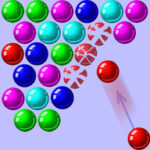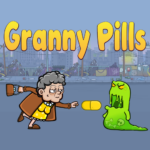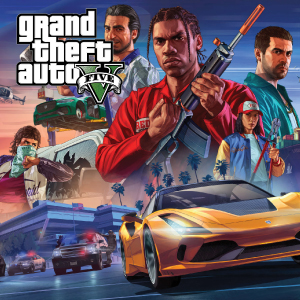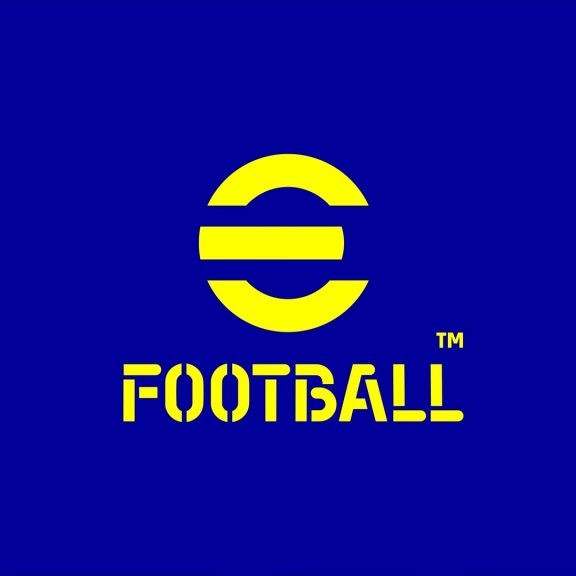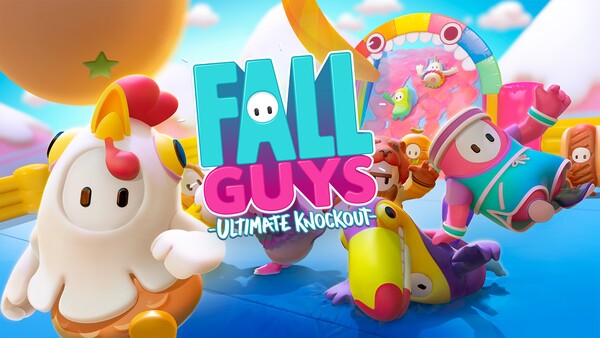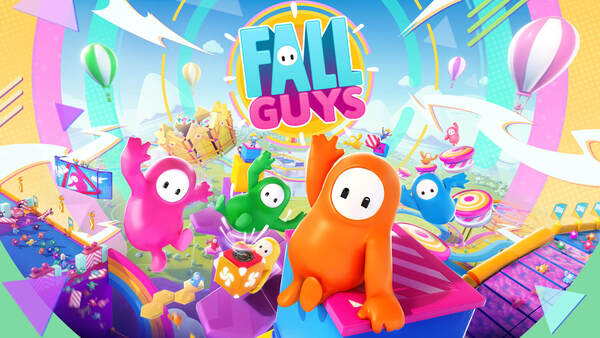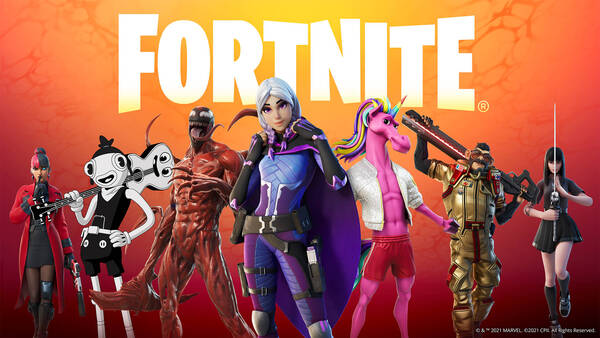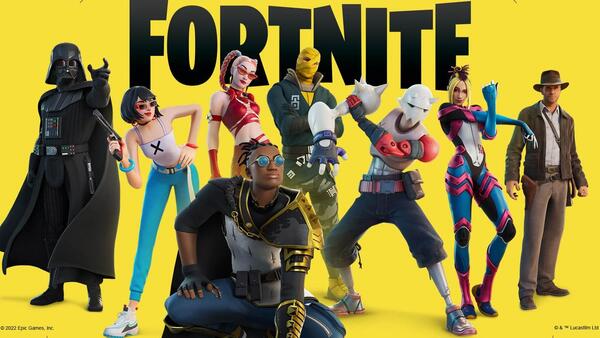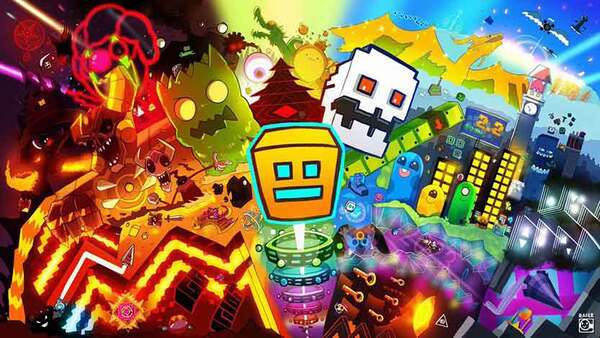Valorant – How Riot’s Tactical Shooter Redefined the Competitive FPS
Since its official release in June 2020, Valorant has become more than just a game. Blending tactical, Counter‑Strike‑inspired shooting with colorful Overwatch‑style hero abilities, Valorant created a unique formula that won over millions.
This in‑depth article explores its birth, gameplay core, agents, esports, community, pros & cons, and why it stands out among modern shooters.
1. The Birth of Valorant: Riot’s Bold Leap Beyond League
H3: A New Frontier
-
Riot Games, famous for League of Legends, began secretly prototyping Valorant in the mid‑2010s.
-
Codenamed “Project A,” the idea was clear: mix tactical shooter DNA with hero abilities.
H4: Why It Mattered
-
Entered a genre dominated by CS:GO, Rainbow Six Siege, and Overwatch.
-
Riot’s promise: precise gunplay first, abilities second.
The hype was immense even before beta, helped by Riot’s reputation and carefully controlled marketing.
2. Gameplay Core: Tactics Meet Power
H3: Gunplay as the Foundation
-
Weapons feel weighty, recoil must be mastered, and “one‑tap” headshots can win rounds.
-
No run‑and‑gun: movement accuracy penalties punish careless spraying.
H4: Abilities for Strategic Depth
-
Agents have signature abilities and ultimates.
-
Flashbangs, smokes, walls, healing — not to rack up kills, but to enable plays.
Result: tense, slower rounds where clever utility often beats raw aim.
3. Agents & Roles: Defining Your Playstyle
H3: The Agent System
-
Started with 11 agents; now over 20, each with a unique kit.
-
Roles: Duelists (entry fraggers), Initiators (break defenses), Controllers (smoke/zone control), Sentinels (defensive/anchors).
H4: Examples
-
Jett: agile, aggressive, vertical mobility.
-
Sova: intel gathering via recon arrow and drone.
-
Sage: healer and wall builder for area denial.
Choosing an agent isn’t just cosmetic — it shapes your entire approach.
4. Maps & Design Philosophy
H3: Focus on Symmetry and Flow
-
Maps typically have two or three bomb sites.
-
Clear mid control, balanced sightlines.
H4: Unique Features
-
Bind: teleporters allow fast rotates.
-
Split: verticality and tight chokes.
-
Lotus: revolving doors add unpredictability.
Each map encourages distinct strategies and compositions.
5. Competitive Scene: From Beta to Global Phenomenon
H3: Early Steps
-
Closed beta in April 2020 saw Twitch viewership explode (thanks to beta drops).
-
Community tournaments started immediately.
H4: Valorant Champions Tour (VCT)
-
Launched in 2021: Challengers → Masters → Champions (world finals).
-
Riot’s franchising model (VCT Partner Teams) introduced in 2023.
VCT quickly became a tier‑1 esport alongside CS:GO and League.
6. Graphics & Art Style: Clarity Over Realism
H3: Riot’s Choice
-
Stylized, bright visuals over military realism.
-
Characters and abilities easily distinguishable.
H4: Accessibility
-
Runs on older PCs (even integrated graphics).
-
Low system requirements broaden player base.
Clear silhouettes, bold colors, and simple shaders make it competitive‑friendly.
7. Community & Streaming Impact
H3: Streamer Adoption
-
Big names like Shroud, TenZ, and Hiko helped popularize Valorant.
-
Clip‑friendly moments: clutches, aces, stylish ability plays.
H4: Creative Community
-
Fan art, cosplay, montages.
-
Theorycrafting new agent abilities and map strategies.
Valorant feels “alive” partly because its community keeps creating content.
8. Monetization: Skins, Battle Pass & Beyond
H3: Cosmetics Only
-
All agents unlockable via play (or optional purchase).
-
No pay‑to‑win mechanics.
H4: Premium Skins
-
Weapon skins often come with effects, finishers, even music.
-
Bundles can cost $60–$100, sparking debate.
Battle Pass offers grindable cosmetics each season.
9. Pros & Cons: Honest Analysis
Pros
-
Tight, rewarding gunplay.
-
Strategic depth thanks to agent abilities.
-
Strong anti‑cheat (Vanguard).
-
Runs smoothly on modest hardware.
Cons
-
Steep learning curve; punishing for beginners.
-
Expensive premium skins.
-
Occasional agent balance issues.
-
Vanguard anti‑cheat criticized for being too invasive.
Yet the formula keeps millions hooked daily.
10. The Future: What Valorant Could Become
H3: What’s Confirmed
-
New agents & maps every few months.
-
Console version under development.
H4: Wishlist from Players
-
Replay system.
-
In‑game tournaments.
-
Better new player onboarding.
With Riot’s backing, Valorant is likely here for the next decade.
Final Rating (Expert View)
-
Gunplay: ⭐️⭐️⭐️⭐️⭐️
-
Strategic depth: ⭐️⭐️⭐️⭐️½
-
Accessibility: ⭐️⭐️⭐️⭐️
-
Monetization fairness: ⭐️⭐️⭐️½
Overall: ⭐️⭐️⭐️⭐️☆ (4/5) – A polished, competitive shooter that still evolves.
Conclusion: Why Valorant Matters
Valorant isn’t just Riot’s answer to Counter‑Strike or Overwatch. It’s a unique blend: precise aim + creative strategy + stylized visuals, built for modern esports and streaming.
In three years, it built a global player base, a tier‑1 competitive scene, and a cultural footprint that few new shooters achieve.
For tactical FPS fans, Valorant offers the next evolution: familiar yet fresh, punishing yet deeply rewarding.














